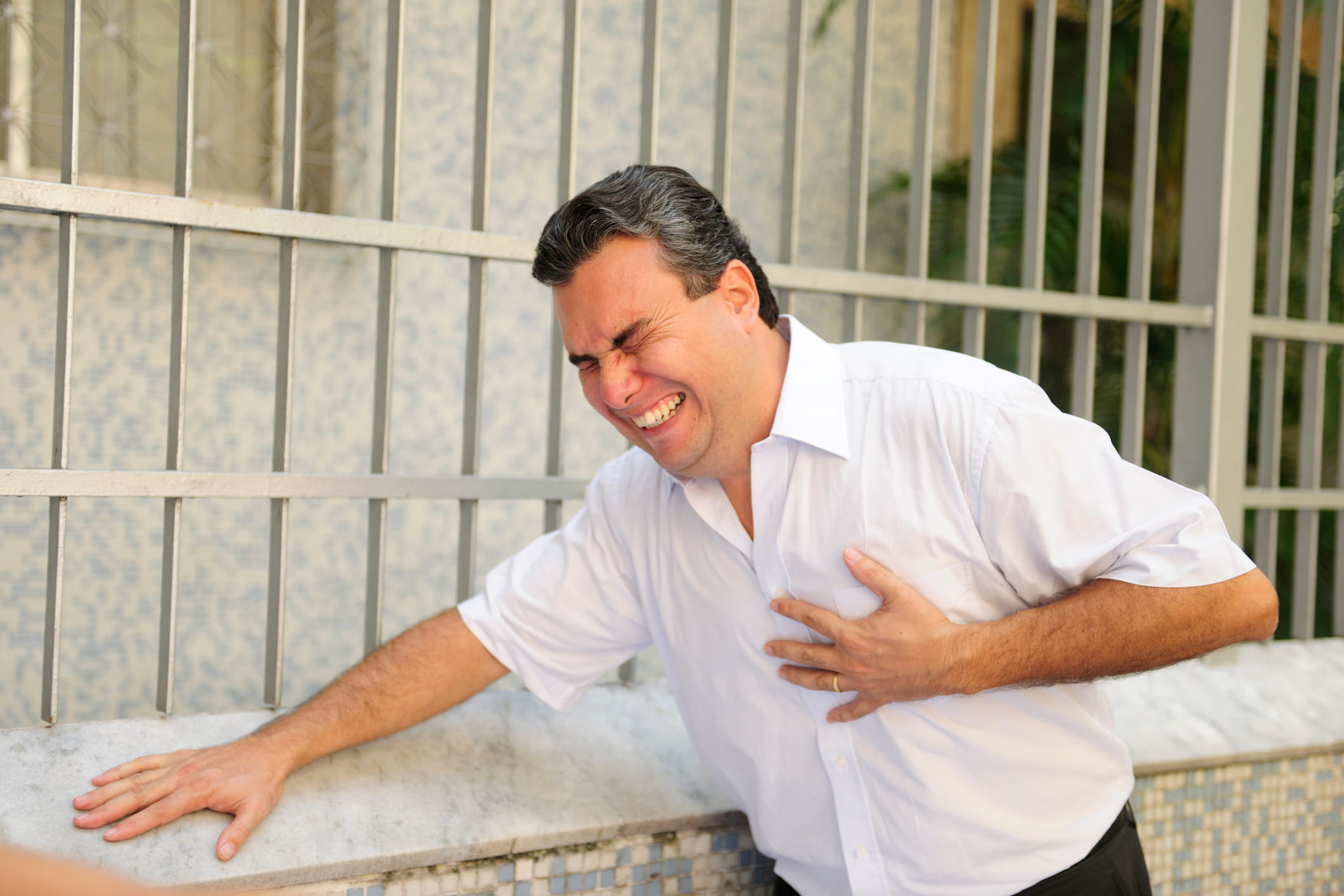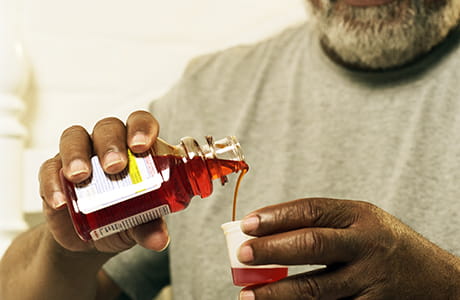Sudden cardiac arrest can have warning signs
Don’t ignore these symptoms.
Sudden cardiac arrest is a life-threatening condition caused by the unexpected loss of heart function. It usually results in stalled breathing and a loss of consciousness, triggered by an electrical surge within the body that interrupts the heart’s usual rhythm.
This disruption in breathing and heart function can be fatal if not treated immediately. In fact, around 10 percent of patients who experience cardiac arrest outside of a hospital survive the incident, underlining the importance of emergency response and early detection.
“Sudden cardiac arrest shouldn’t be confused with a heart attack, which is brought on by a disturbance in blood flow rather than our electrical current,” says Geisinger electrophysiologist Faiz Subzposh, MD.
Men are most likely to experience the condition, which becomes more prevalent as you age. Those with a history of heart disease, an arrhythmia or other heart problems are also at a higher risk.
“Studies have shown that over half of sudden cardiac arrest patients had warning signs before their incident, but those signs can vary widely between people,” explains Dr. Subzposh. “Knowing the full range of signs might help patients gauge their risk and give us a head start on treatment.”
What are the symptoms of sudden cardiac arrest?
“When the warning signs are seemingly minor, flu-like symptoms, it can be hard to take them seriously,” notes Dr. Subzposh, which might be the reason only one in five patients who notice the symptoms choose to report them. “But, on the other hand, we don’t want to create anxiety.”
Instead, it all boils down to knowing your risk factors and maintaining a healthy lifestyle.
Who's at risk of sudden cardiac arrest?
The risk factors most commonly associated with heart disease are also indicators for sudden cardiac arrest, also referred to as SCA. These include:
- A family history of heart disease
- Smoking
- High blood pressure
- High cholesterol
- Obesity
- Diabetes
- Substance abuse
Other potential factors include a family or personal history of cardiac episodes, sedentary lifestyle or nutritional imbalance.
Staying prepared at home
If these risk factors affect you or a loved one, it’s important to take precautions.
“Regularly taking prescribed medication is a vital first step to protecting heart health,” says Dr. Subzposh. “But your doctor may also recommend an implantable cardioverter-defibrillator (ICD) device which senses and prevents cardiac episodes.”
Families can also look into an automated external defibrillator (AED) for the home, though these can be costly. These machines use electric pulses to restart the heart in the event of an emergency, helping the patient to continue breathing while help arrives. Knowing CPR can also provide critical assistance as you wait for emergency response.
Next steps:
Learn about cardiology care at Geisinger





